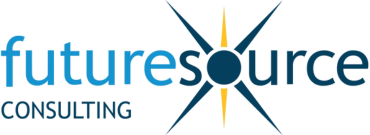Consoles and handhelds recorded a combined volume of 48.8m units in 2023, and are projected to decline by double-digit figures as the current gen moves past its peak year of sales and the Nintendo Switch finally dwindles. After a pandemic-induced surge in hardware, prebuilt gaming PC volumes normalized in 2023, falling to 35m from 37m in the previous year. Futuresource forecasts a slight decline in 2024 of 5% as the market continues to return to a state of normalcy; a relative lack of major launches for PC in 2024 is also suppressing growth of new purchases.
This report assesses the scale and future growth potential of the gaming hardware market, which includes consoles, PCs, mobiles, and gaming accessories. The competitive landscape of these categories will be reviewed alongside the key drivers shaping the development of the market. Five-year forecasts in units and value are provided.
